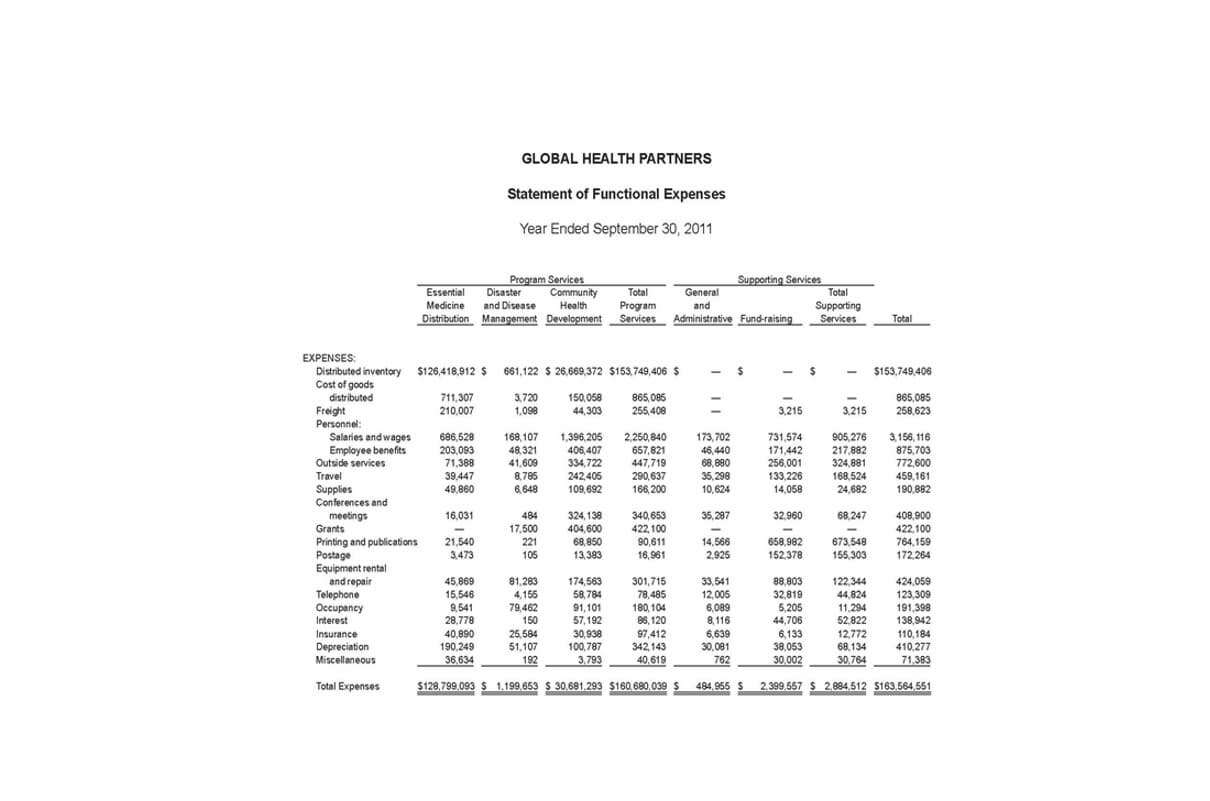
Variance analysis separates the winners from the also-rans in standard costing. Here’s how to turn those variance reports into actionable intelligence without drowning in data. Companies with regulatory reporting requirements often find standard costing helpful for inventory valuation and GAAP compliance. However, if your strategy emphasizes rapid what is standard costing innovation, customization, or maximum flexibility, other costing approaches might better support these goals.
Setting Production Benchmarks
For example, if the yield variance is consistently negative, it may indicate that the company needs to increase prices to cover the cost of lost or wasted products. Similarly, if the yield variance is consistently positive, it may indicate that the company can reduce prices or increase inventory levels without affecting its bottom line. A standard cost is the predetermined cost of one unit of product or service.
- Ultimately, the decision of whether to use standard costing or a different methodology will depend on the specific circumstances of each case.
- Some manufacturers allocate the anticipated or standard costs rather than the actual costs of direct materials, direct labor, and manufacturing overhead to a product.
- Investigating the causes of these cost variances is essential for improving efficiency and profitability.
- Standard costs can also be used to create budgets for future periods by using historical data on standard costs to estimate future costs.
- A manufacturer may use standard costs to carefully project costs for the following fiscal year and then compare the actual costs to those projections.
- If these transactions aren’t captured properly—as in being expensed immediately as opposed to capitalized—it can result in improper valuation of inventory and cost of goods sold.
Aids Management in Making Decisions
Adding the three standard costs together gives you the overall standard cost. Some use them for budgeting purposes when actual costs are not yet determined. Sometimes during the manufacturing process, it’s not feasible to predict all the variables like product Interior Design Bookkeeping demand that affect manufacturing costs. Overall, the average cost is a more versatile and accurate tool than the standard cost for management accounting purposes.
How do standard costs and budgeting differ from one another?
In contrast, the FIFO method assumes that the oldest inventory is sold first. This means that the cost income statement of goods sold reflects the oldest costs incurred by the company, while the inventory value on the balance sheet reflects more recent, potentially higher costs. Under the LIFO method, the most recently purchased or produced inventory is assumed to be sold first. This means that the cost of goods sold reflects the most recent costs incurred by the company, while the inventory value on the balance sheet reflects older, potentially lower costs. While standard costing is a widely used method for inventory valuation, it’s not the only option available. Two other common approaches are LIFO and FIFO, each of which has its own advantages and disadvantages.

Can you create a better budget by using average costs?
7) Facilitate Co-ordination – When standards are fixed, the performance of various departments e.g., production, sales, purchase etc., is considered. In this way, standard costing enables coordination among all departments. 4) Yardstick for Comparison – Standard Costing gives a suitable base for comparison of actual performance with predetermined standards. Standards can be fixed for any element of cost e.g., material, labour, overheads etc. This is the Standard which is anticipated to be attained during a future specific period (budget period). While setting this type of standard, actual conditions and circumstances prevailing are considered.
Using the standard costing process, the stock can be calculated by multiplying actual inventory with the standard cost of each unit. Despite their shortcomings, standard costs are still a helpful tool for businesses to use to accurately create business budgets without having to engage in a lot of laborious math. Knowing your product and team’s capabilities is necessary for an accurate standard cost, but even if you start with estimates, you’ll eventually get closer to your actual costs. The difference between the actual quantity consumed or sold and the budgeted amount, multiplied by the standard price or cost per unit, is known as a volume variance. The term “sales volume variance” describes a variance related to the sale of goods. It is referred to as the material yield variance if it involves direct materials.
- Usage and efficiency variances are computed at the time of crediting control accounts.
- If there is a consistently unfavorable yield variance, it may indicate that the standard cost needs to be revised.
- A standard costing system benefits most of the organization that produces identical items in large quantity.
- If not, your company may benefit more from using a different costing approach.
- Standard costing provides a reliable and consistent framework for comparing actual costs against predetermined standards.
- There are almost always differences between the actual and standard costs, which are noted as variances, as a manufacturer must pay its suppliers and employees the actual costs.
What is Asset Management? Definition, Asset Life Cycle, Types & Softwares
- If the costs exceed benefits, no system can be recommended for adoption, not to talk of standard costing system.
- Also known as perfection or theoretical standards, these are based on the assumption of perfect operating conditions without any losses or inefficiencies.
- Remember to separate fixed costs (which don’t change with production levels) from variable costs (which do) for more meaningful variance analysis later.
- Cost variance analysis is an important management tool because it helps identify areas where the company is overspending or underperforming.
- Suppose the process of allocating indirect costs is carried out incorrectly.
It can help smooth out fluctuations in production and inventory levels and can be used to calculate average unit costs over time. Additionally, the average cost is less likely to be distorted by abnormal or one-time costs. It is essential to clearly understand the difference between actual and standard costs to understand many management accounting aspects.

How manufacturing ERP helps you track costs

Work-in-progress (WIP) control account is debited with actual costs and credited with standard costs of completed units. Thus, opening and the closing balances of WIP control account show values of beginning and year-end incomplete units at standard cost. Under standard costing system, a variance report, which reconciles the budget profit with actual profit, is placed before the management with explanations for variances. Variance reporting is a mechanism to provide feedback to managers on variances from target results.
Standard costing often struggles to keep pace with rapidly changing business environments. Market conditions, technology, and consumer preferences can change quickly, making pre-established standards obsolete. This rigidity can lead to inaccurate benchmarks, causing poor decision-making as the data no longer reflects current circumstances. Equipment setup is expensive if it takes a long time and spreads over many units in a production run. A setup reduction plan could result in significantly reduced overhead expenses.



